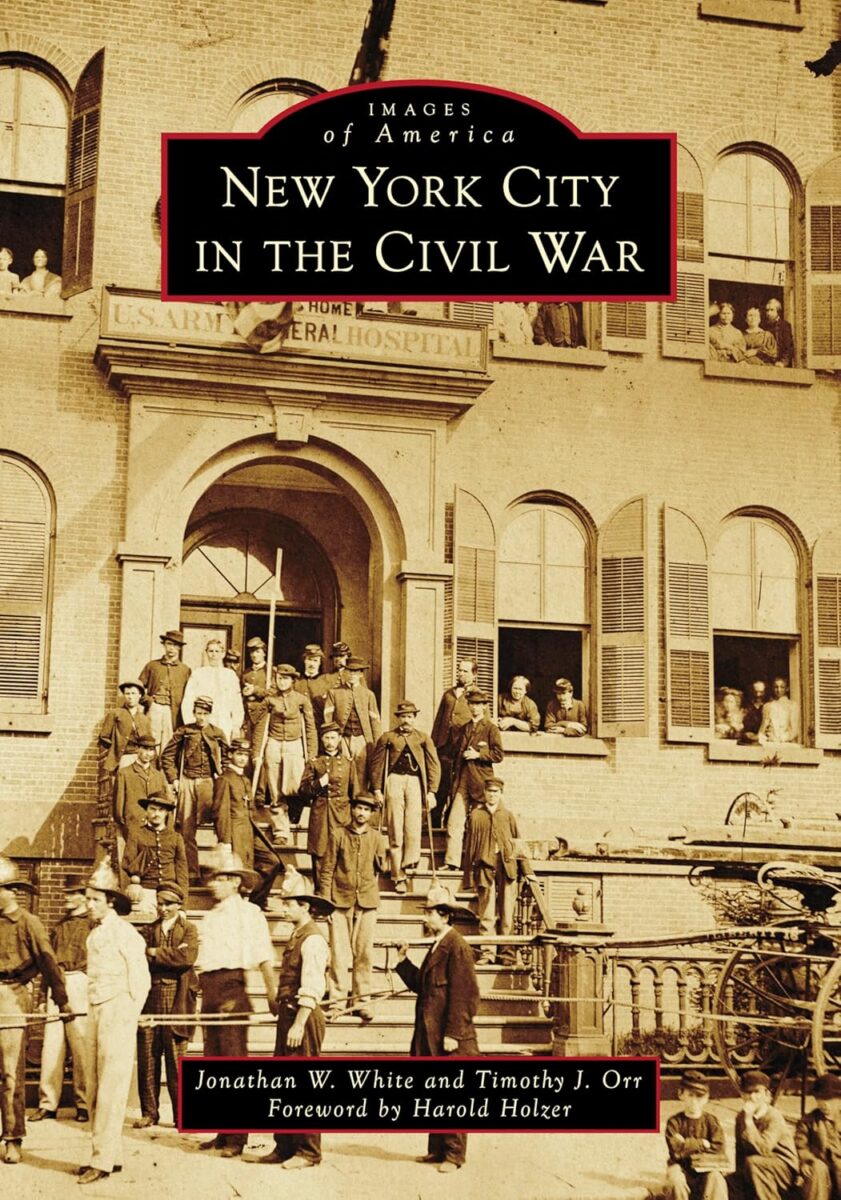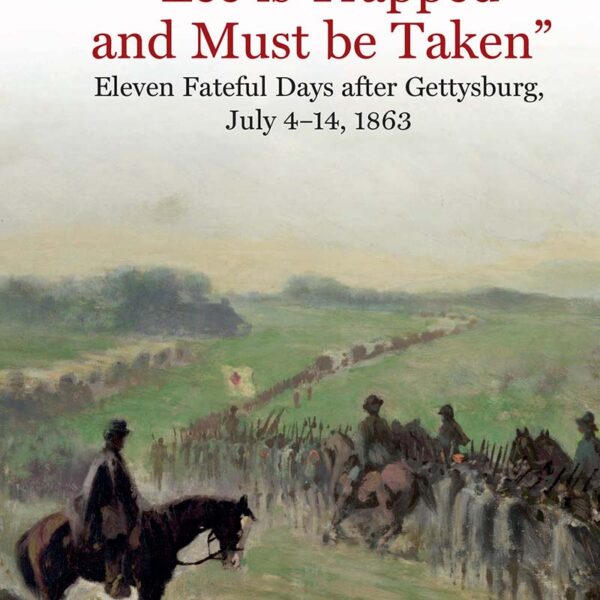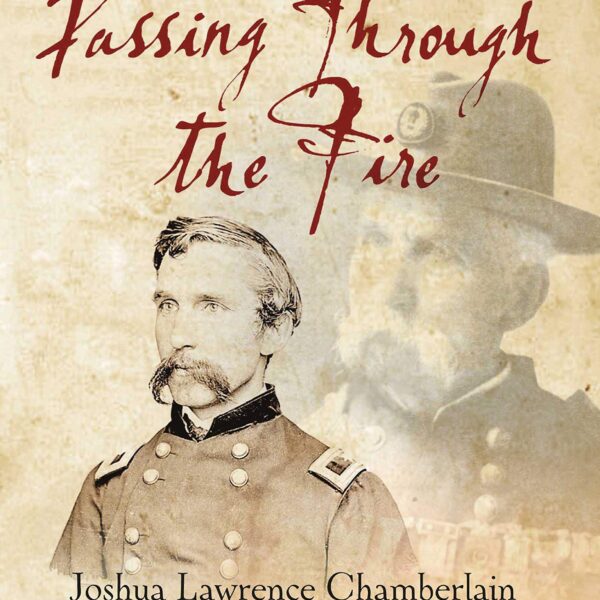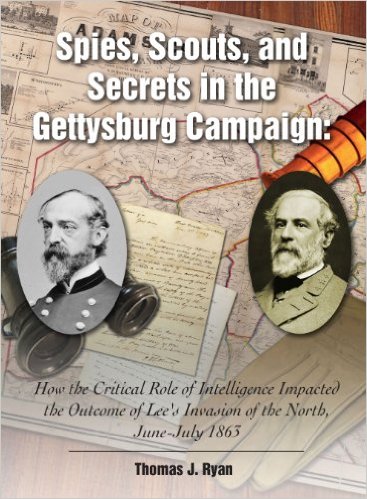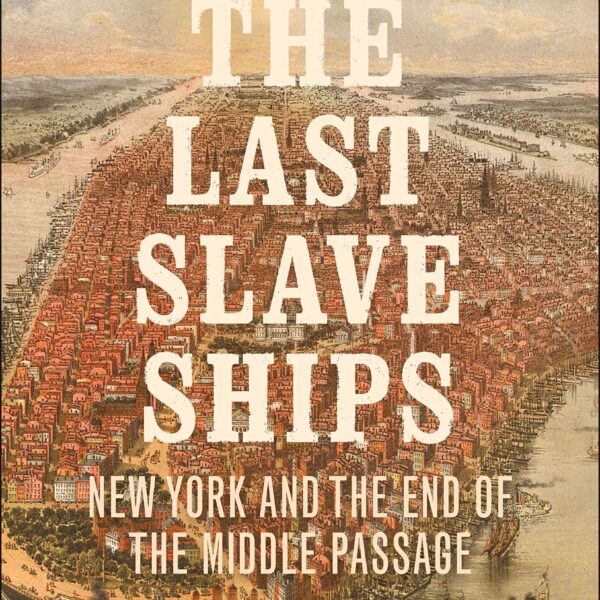Jonathan W. White and Timothy J. Orr’s New York City in the Civil War explores the role of America’s largest city in the nation’s biggest crisis. Part of the Images of America series, this book examines New York’s Civil War through photographs and sketches, providing readers a glimpse of the city’s wartime experience. New York, the authors argue, served as the United States’ “center of commerce, culture, and politics” during the war, and played an important role in military mobilization. (8) In addition to providing more troops than any other metropolitan area in the North, New York was vital to the supply of weapons, uniforms, and medical care for the U.S. Army. New York also highlighted divisions in both the wartime North and the United States as a whole, as wealthy New Yorkers had strong ties to the South and Democratic politics dominated the city. Given the city’s prominent place in American life during the mid-nineteenth century, New York City in the Civil War argues that “Modern Americans cannot understand the American Civil War without understanding New York City’s role in the conflict” (8).
For a relatively short book focused primarily on images, New York City in the Civil War covers a surprisingly broad range of wartime topics. Readers will find chapters on New York’s role in the secession crisis, wartime mobilization, politics, and the recruitment of Black soldiers, among other important subjects. In a particularly interesting chapter on the Atlantic Slave Trade, White and Orr highlight the case of slave trader Nathanial Gordon. After kidnapping 897 Africans from West Africa in 1860, Gordon was captured by an American ship and sent to New York City for his trial. Though no American had previously been sentenced to death for the crime of slave trading, under the Lincoln administration Gordon was convicted and executed. This chapter represents both a major strength and weakness of the book. Gordon’s story provides a fascinating and important aspect of the Civil War, yet the authors fail to explain the significance of New York City to the story beyond it being the location of Gordon’s trial.
Since New York City in the Civil War covers a wide range of topics in a short space, it often lacks the depth of analysis that one might find in a more traditional work. The book’s use of images, however, offsets this to some degree by providing readers with a visual and often stark understanding that transcends textual description. The power of images is perhaps most evident in White and Orr’s chapter on the New York City draft riots. The authors briefly explain that the riots began in opposition to conscription and the war before quickly targeting the city’s African American community, but the explanation and analysis of the riots is short in comparison to most scholarly accounts. Despite the brief nature of the text, images of buildings set ablaze, skirmishes between rioters and law enforcement, and the murder of Black New Yorkers by white mobs leave the reader with no doubt about the severity of the violence and destruction.
In New York City in the Civil War, Jonathan W. White and Timothy J. Orr have compiled a wide-ranging collection of images that depict many aspects the Civil War in New York. Additionally, by examining New York City’s wartime experience through such widespread northern experiences as mobilization and political division, this book provides readers with an understanding of the war that transcends New York City alone. This book will benefit any reader looking for a greater understanding of Civil War New York, the Civil War North, or the wartime United States as a whole.
Brian Martin is a Ph.D. candidate in the Department of History at The University of Alabama.
